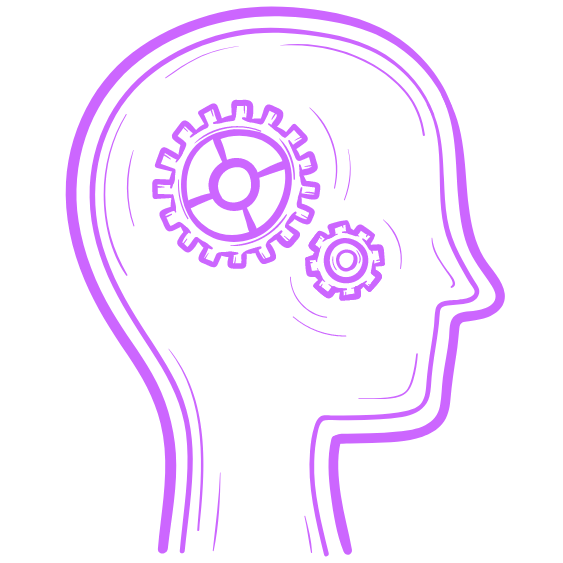Quotes from paper by Mark Leary and Nicole Buttermore
Our hypothesis that the modern human self made its appearance just prior to the Middle-Upper Paleolithic transition raises many questions. One of the most important questions—the one whose answer may best clarify how self-awareness evolved—involves the intimate connections among symbolization, language, and Self-thought.
With the emergence of symbolism and language between 30,000 to 100,000 years ago, Leary proposes that humans were then, and only then, able to fully conceive of themselves via all five forms of self-knowledge (see yesterday’s post).
Specifically, symbolic reasoning allows for the conception of a model of oneself in their own mind. Language builds on this ability by enabling humans to assign that model of “I” various descriptors in the form of, “I am hungry, I should hunt.
These considerations suggest that self-relevant thought [in particular conceptual ability] as we know it today was not possible until people developed an ability to use symbols and language.

Jonathan Haidt best summarizes Leary’s findings in The Happiness Hypothesis:
Only a creature with language ability has the mental apparatus to focus attention on the self, to think about the self’s invisible attributes and long term goals, to create a narrative about that self, and then to react emotionally to thoughts about that narrative.